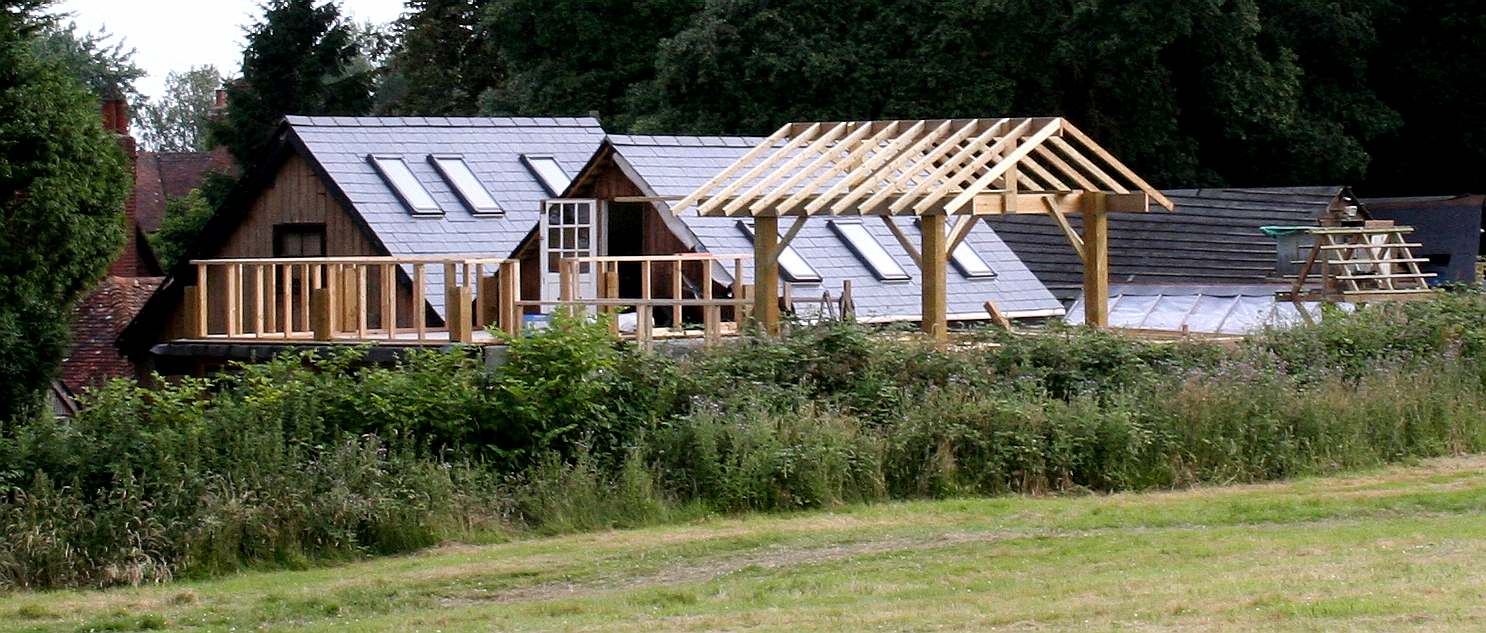|
LOCAL LISTS IN SUSSEX
Please use our A-Z INDEX to navigate this site or return HOME
|
Farming in Sussex, growing food for self-sufficiency and to feed livestock
Sussex, is a historic county in South East England soaked in history, as defined by its heritage assets and other character features. Divided into West Sussex and East Sussex.
WHAT IS A LOCALLY LISTED BUILDING?
We hope that after some 40+ years of denial, that now this rare surviving industrial complex, might be accorded the recognition it deserves. Surely, it is time to bury the hatchet, and move on. In the new age of electricity, this building played an important part in promoting electrical energy, part of the development of mankind that allowed humans to benefit from economical LED lighting, fridges, computers, travel to the Moon and even put robots on Mars. Without electricity, we would not have advanced. This building is unique to Herstmonceux, much like the Observatory (a mile or two outside the village), only closer and within walking distance. Much enjoyed by dog walkers and ramblers, alike.
But
as mentioned, without a reasonable and beneficial use, this distinctive
technological wonder, may not be maintained to prevent deterioration,
the outlay for which is significant - especially in a cost of living
crisis.
RARE SURVIVING TIMBER BUILDING - When Howard Carter discovered Tutankhamun's tomb in 1922, the dig was not much to look at. A lot of sand and a small entrance, amongst a desert of dunes. But once inside, the small chamber, the Egyptologist realised that the monument was intact. Hence was a treasure trove.
The old Generating Station in Lime Park, at Herstmonceux, is not of outstanding architectural design or construction (except for the use of redwood and extensive architrave). What is astonishing is that it remains extant, where other early electricity stations have been demolished by property developers, or rotted away.
Indeed, many former residents in Lime Park, and two recent newcomers, have not grasped that this is all that is left as evidence of our transition from coal, to electricity. It is believed to be the only example surviving anywhere on the planet of its kind, including load levelling via a giant battery store, comprising roughly half of the building, with substantial shelves where weighty lead-acid batteries were stored in glass containers, to power the whole village of Herstmonceux, and Lime Park estate, overnight.
The Trust that occupies the buildings, needs help to maintain this interesting industrial complex. The buildings have no reasonable or beneficial use in 2023, the local authority seemingly doing all they can to prevent conservation. Placing manifold obstacles in the way, where, according to the principles of Local Listing, they should be helping those interested in restoring the historic asset, to achieve that ideal.
...
LINKS & REFERENCE
https://www.
FREEDOM OF THOUGHT AND SPEECH - This website is protected by Articles 9 and 10 of the European Convention of Human Rights and Fundamental Freedoms, and Articles 18 and 19 of the Universal Declaration of Human Rights. Herstmonceux Walkers Association avers that the right to impart information is a right, no matter that the method of communication is unpalatable to the State.
|
|
Please use our A-Z INDEX to navigate this site or return HOME
|

